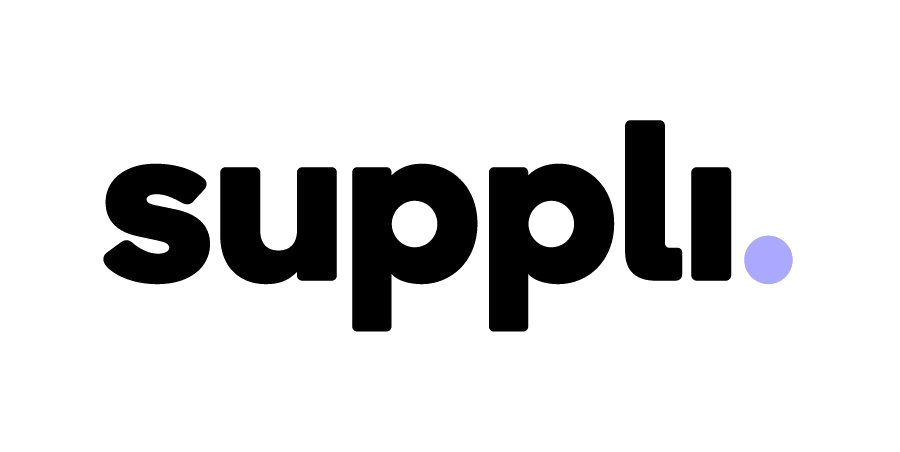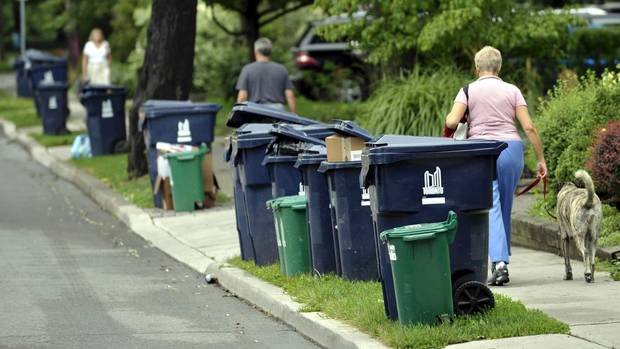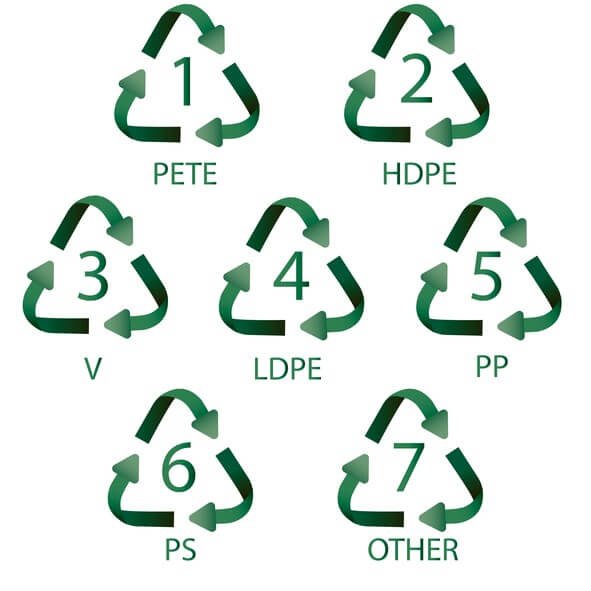A guide to garbage disposal, recycling, and organic waste in Toronto
The act of putting something in the recycling bin and hoping it will be recycled - there is actually a term for this and it’s called “wishcycling”. We’ve all been there and it can happen for a number of reasons, including that you simply aren’t sure where the item is supposed to go. Putting waste in its place has become a challenge for many to navigate, particularly in recent years as new packaging alternatives that tout “biodegradable” and “compostable'' labels can complicate things and what goes where varies depending on the municipality you are in. In this blog post, we are hoping to bring some clarity to your at-home waste management process, including an overview of waste disposal, tips and tricks to make things easier, as well as the case for reducing waste altogether. The focus is on our current market, Toronto, but some of the below concepts are applicable irrespective of where you live, so keep reading!
The waste management process untangled
In most places, residential waste management is overseen at the municipal level. This means that each municipality will create its own program that can include curbside collection, depot drop-off, pay-to-throw away, or some combination of these. There is clearly flexibility in this approach, however, programs do need to be in compliance with Canada’s Environmental Protection Act. In some instances, municipalities may outsource their waste management program to a third party, otherwise known as “privatizing” it by transferring management to a private company.
While allowing municipalities to manage their own waste can be a simple and efficient approach, it also creates a fragmented space where what goes in one town or city doesn’t in another. This can make the process more confusing for individuals and can also lead people to believe they are making environmentally friendly decisions based on product labels even though that may not actually be the case where they live.
Waste management in Toronto
Recycling and organics day in Toronto.
The City of Toronto is responsible for processing 900,000 tonnes of waste each year, according to their website. This includes garbage, blue bin (recycling) and green bin (organics) waste management programs. There are additional programs for yard waste, hazardous waste, and more. There are seven transfer stations where waste is collected and sorted and then transferred to processing and disposal facilities. The system in Toronto is referred to as a two-tier or semi-private system in that some homes’ waste is collected by private companies (GFL) while others are collected by the city’s own crews.
What goes where, a general guide in Toronto
These symbols indicate where plastic goes.
Recycling: Accepted in the recycling bin is many of the items we’ve grown accustomed to recycling. Things like glass bottles, cans and tins, paper and cardboard all belong in your recycling bin, as you’d expect. When it comes to plastic, you need to identify which type of plastic you’re dealing with before disposing. This can be done by looking for the arrowed-triangle with a number in the middle (see right). Plastic numbered 1, 2, 4, 5, 6 is typically recyclable in Toronto. Plastic numbered 3 and 7 are not. Black plastic like the containers used most commonly for takeout, as a special note, cannot be recycled. It’s important to take steps at home to ensure what you put in the recycling actually gets recycled. Always make sure your recycling is emptied and properly rinsed and cleaned (that means no food residue!) with any caps reattached. Also, refrain from bagging your recycling unless you are dealing with shredded/small pieces of paper.
Organics: All food waste belongs in here, as does paper napkins and paper towels (so long as they do not have cleaning product on them), 100% paper plates and takeout containers, coffee/tea, pet waste, and paper bags used for food products (like flour, sugar, etc.).
Garbage: In the City of Toronto, what goes in the garbage is mostly inorganic items that are not made of a recyclable material listed above. Of particular note are cleaning pads and wipes, hot drink cups, plastic cutlery, black plastic, and most gift wrapping.
Commonly confused items
In Toronto, the following are commonly disposed of in the wrong place…
Styrofoam: Some people think that styrofoam belongs in the garbage, but it is actually recyclable so long as it is clean, non-black, and larger than 4” by 4”.
Black plastic: As mentioned, many think that black plastic is recyclable. Unfortunately, it is not. It belongs in the garbage bin.
Items labelled compostable or biodegradable: In the City of Toronto, many think that one or both of these items belong in the green bin with organics. They don’t - they belong in the garbage.
Pizza boxes: Many recycle these because they are cardboard. They actually belong in the green bin with organics!
Hair and nails: Many assume that things like hair (both human and pet) and nail clippings should go in the green bin given they are organic in nature, but this is not the case. They belong in the garbage.
Not a complete solution
As you can see, a fair amount of our waste is still destined for the garbage bin even if it is being properly disposed of. Additionally, of the items that are being recycled, energy is required to not only pick up the recycling and properly sort it but also to process it to be used again (which is not a perfectly efficient process either). The same goes for organics. For that reason, while recycling and organic disposal are superior to the garbage for disposal purposes, they are not a complete solution for dealing with our waste problem. We also need to introduce circular solutions that strip out single-use from our day-to-day. By prioritizing reusable alternatives and ensuring we properly dispose of items that we are not able to access in reusable form (or reuse/repair), we can create a more environmentally friendly system.
Other resources
Reuseables need to be prioritized over single-use items.
We’ve done our best to provide a high-level overview of waste management in Toronto, but it’s impossible to cover everything. Here are a few resources to help you out:
Here is a list of stores in Toronto where you can shop low/zero waste to reduce packaging altogether. You can also consider one of the emerging reusable programs in Toronto. Our company, Suppli, lets you order food in reusable takeout containers so you can ditch single-use. There is also Packt for coffee beans/grinds, and Circulr for pantry goods, to name a few!
The TOwaste App lets you search for specific items to determine where they go.
The City of Toronto website also provides detailed information on managing your waste.
Cover photo courtesy of TED.



